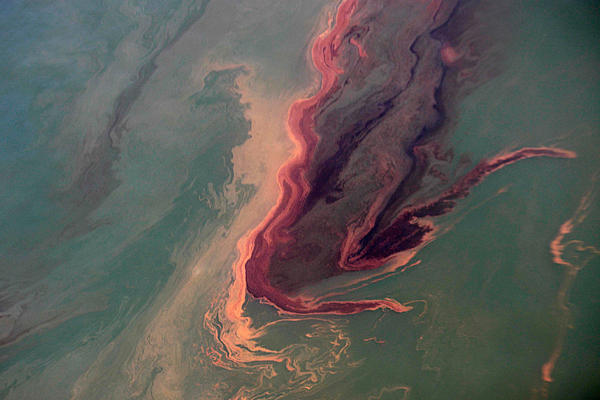Shell strikes again: How an oil ‘giant’ pays no consequences for their actions
So remember when you were a kid and your parents told you to never swallow your gum because it would stay in your stomach for 500 years? Then there would be that inevitable moment where you ended up swallowing your gum by accident and you’d lie awake at night thinking of how it would mess up your stomach. Now imagine the gum being concrete storage cells of oil and your stomach being the ocean. Picture that? Well, now you have a good grasp on the type of problem we’re dealing with.
A little less than 2 weeks ago, oil giant Shell came up with a proposal to decommission the infamous Brent field, situated in the North Sea. This rig field contains four oil rigs, of which three rest on concrete legs and subsequently sound like an elite SWAT team; Brent Bravo, Charlie and Delta. One shares my name, score! It’s always been my dream to share a name with something that destructive. Anyway, each one of those babies weighs about as much as the Empire State Building and are as high as the Eiffel Tower. That’s only slightly bigger than Donald Trump wants everyone to think his hands are. The proposal states that Shell wants to remove the upper part of the rigs but leave the concrete legs standing, which hold the “punctured and damaged” concrete oil cells underneath.
Shell’s project manager Duncan Manning claims the legs would be able to withstand anything the North Sea throws at them because, and I quote: “we got engineers to look into that”. In the same breath, however, he mentions that what would happen to the structures is “not an absolute science”, which makes for a very comforting combination. However, since 1972 we’ve had this thing called the international OSPAR agreement, which is kind of like a housemate that tells you to clean up that vibrant bacteria community slowly accumulating in the fridge. But just like that one housemate that always seems to leave piles of dishes and pizza boxes everywhere they breathe, Shell has yet to step up and clean their own mess.

As you can imagine, environmentalists are not exactly jumping up and down at the prospect of having a literal nightmare fuel time bomb in the North Sea. If one of the legs would fall on top of the concrete cells, the cell could break open and leak oil into the North Sea, which would be absolutely disastrous for marine life. However, they have accepted that completely removing the cells could cause even more damage to the environment. As someone who has taken exactly one Marine Biology course I can tell you all about what this means for the precious sea creatures. Oil destroys the insulating ability of fur-bearing mammals, such as sea otters, and the water repellence ability of bird’s feathers. This means that without the ability to insulate themselves, these animals could die from hypothermia.

When the oil is mixed into the water column, fish may experience stunted growth, lower heart and respiration rates, fin erosion and reproduction impairment, which are, you know, totally harmless. With this information one would think that a plan to successfully remove the entirety of the rigs would have been in place before it was build. However, just like those kids swallowing gum, Shell didn’t seem to care much for the consequences, leaving the ocean to pay while Shell pumps more money out of the ground with no parent or government stopping them.
Charlie Stuijt, Class of 2018, is a biology and life science major from Rotterdam, the Netherlands.

